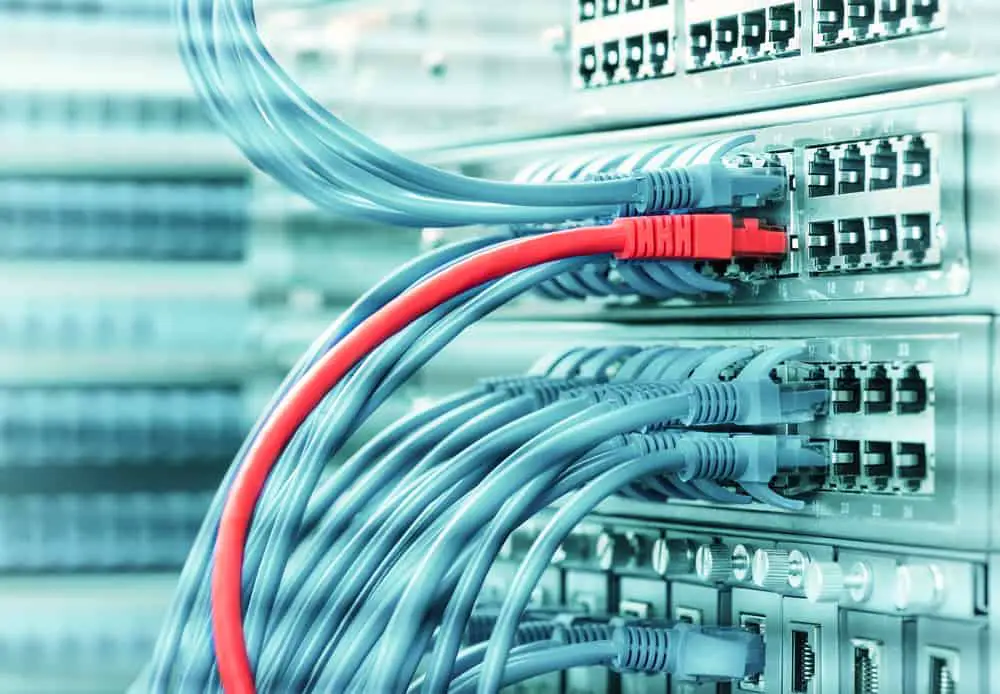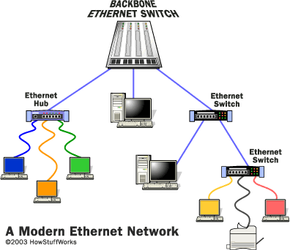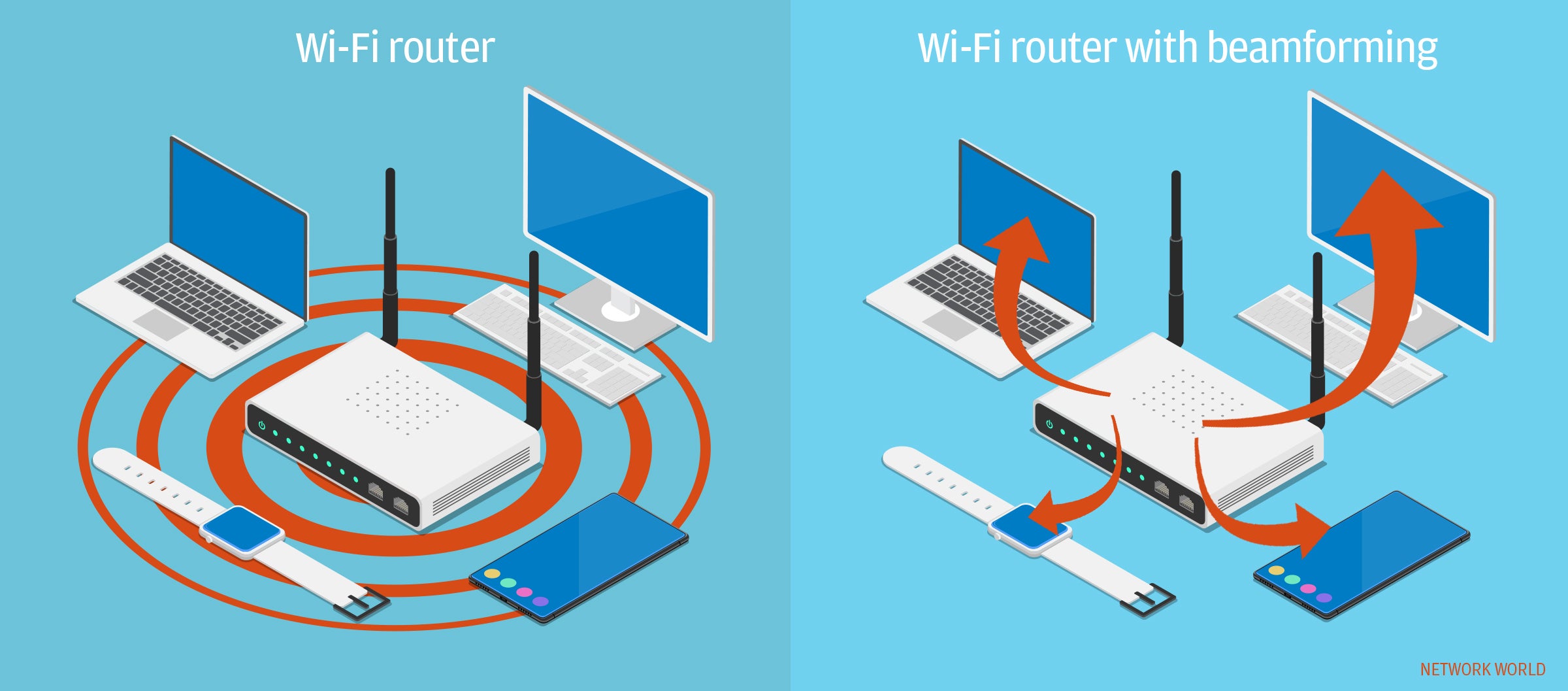Ethernet Presentation
| Introduction to Ethernet | ||
|---|---|---|
| Ethernet is a widely used networking technology. It was developed in the 1970s and standardized by the Institute of Electrical and Electronics Engineers (IEEE). Ethernet is the most common way to connect devices in a Local Area Network (LAN). | ||
| 1 | ||
| Ethernet Standards | ||
|---|---|---|
| The most commonly used Ethernet standards are defined by the IEEE 802.3 protocol. These standards specify the physical and data link layer protocols for Ethernet. Different standards define different data transfer rates, such as 10 Mbps, 100 Mbps, and 1 Gbps. | ||
| 2 | ||
| Ethernet Cable Types | ||
|---|---|---|
| Ethernet cables, also known as twisted-pair cables, are used for wired Ethernet connections. The most common Ethernet cable type is Category 5e (Cat 5e), which supports up to 1 Gbps data transfer rates. Other cable types, like Cat 6 and Cat 6a, can support higher data transfer rates and provide better performance. | ||
| 3 | ||
| Ethernet Switches | ||
|---|---|---|
| Ethernet switches are devices used to connect multiple Ethernet devices in a network. They provide a way to forward data between devices based on their MAC addresses. Switches improve network performance by reducing collisions and providing dedicated bandwidth to each device. | ||
| 4 | ||
| Ethernet vs. Wi-Fi | ||
|---|---|---|
| Ethernet offers a more reliable and stable connection compared to Wi-Fi. It provides higher data transfer rates and lower latency, making it suitable for bandwidth-intensive applications. Wi-Fi, on the other hand, offers more flexibility and mobility as it enables wireless connectivity. | ||
| 5 | ||
| Ethernet in the Modern World | ||
|---|---|---|
| Ethernet is still widely used in homes, offices, and data centers. It is the backbone of many networks, including the internet. With advancements in Ethernet technology, data transfer rates have increased significantly, supporting faster and more demanding applications. | ||
| 6 | ||
| Conclusion | ||
|---|---|---|
| Ethernet is a foundational networking technology that has evolved over the years. It provides a reliable and fast connection for various devices in a network. Understanding Ethernet and its standards is essential for building and maintaining efficient networks. | ||
| 7 | ||






